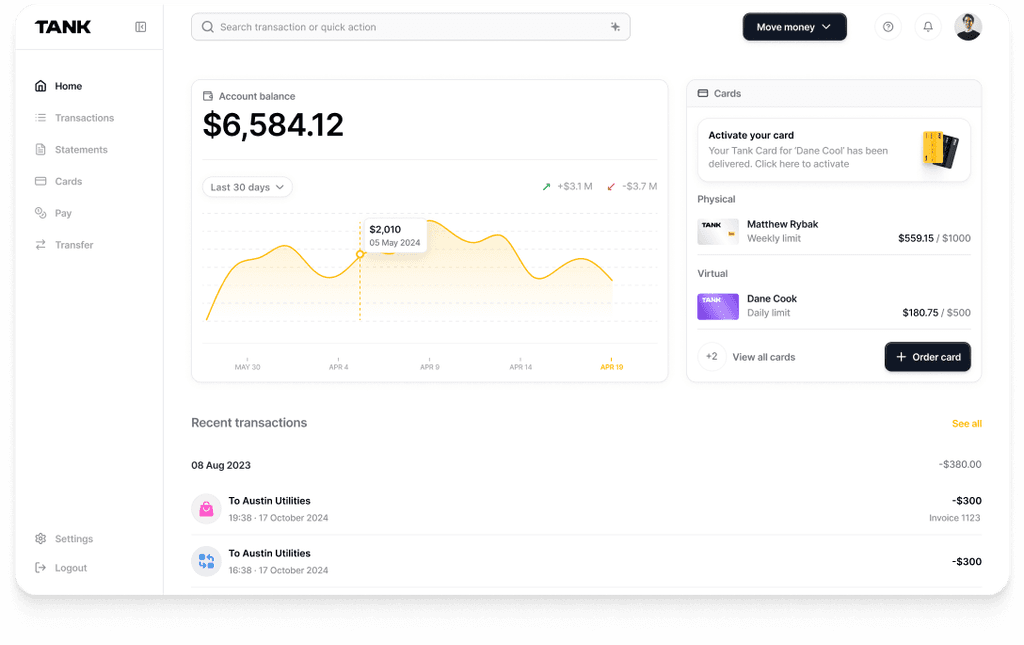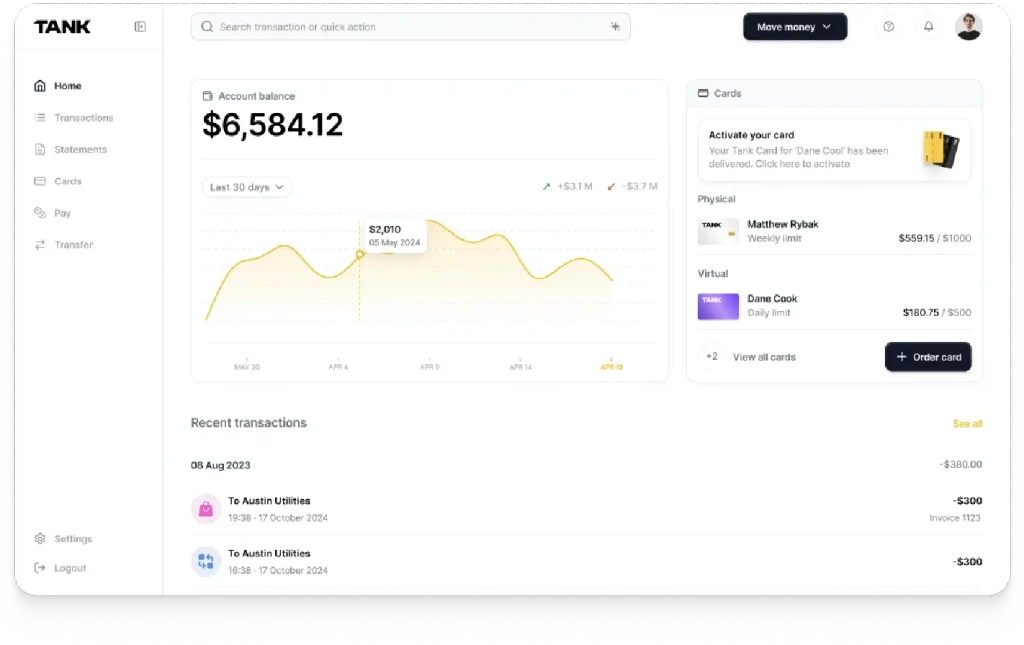From Algorithms to Access: Making Global Trade Work in the Age of AI
Summary
The WTO’s 2025 report explores how AI can reshape global trade, offering up to 40% growth by 2040. While AI lowers trade costs and expands access, its benefits depend on digital inclusion, equitable policies, and international cooperation. Without these, AI could widen global inequalities.
Key insights:
AI Spurs Trade Growth: AI could expand global trade by 40% and global GDP by 12–13% by 2040.
Benefits Aren’t Guaranteed: Without inclusive infrastructure and policy, low-income countries risk being left behind.
Digital Divide Persists: AI use is concentrated in high-income economies; under 33% of firms in poorer nations use it.
Policy Drives Equity: Trade openness, education, and renewable energy investment are key to fair AI adoption.
AI Rewards Capital: AI increases returns on capital faster than labor, risking deeper inequality.
WTO’s Role Is Crucial: WTO frameworks and partnerships can make AI-enabled trade more accessible and fair.
Introduction
Artificial Intelligence (AI) has often been compared to transformative innovations such as electricity or the internet. Yet, as the World Trade Organization’s World Trade Report 2025 highlights, AI is not just another technological breakthrough; it is reshaping the very fabric of international trade, altering how value is created, how work is defined, and how opportunities are distributed across societies. This year’s report, titled “Making Trade and AI Work Together to Benefit All”, provides an ambitious and timely exploration of the intersection between AI and global trade. It asks a pressing question: will AI be a catalyst for inclusive, trade-led growth, or will it deepen inequalities between and within economies?
The report emphasizes that trade and AI are mutually reinforcing. AI has the capacity to lower trade costs, accelerate supply chains, and expand participation in global markets, while trade serves as the channel through which AI technologies and enablers diffuse across economies. WTO economists forecast that by 2040, AI could expand global trade by nearly 40 percent and raise global GDP by 12 to 13 percent. However, these benefits are not guaranteed. Without deliberate policies, investments, and international cooperation, AI could entrench divides, leaving low-income economies and vulnerable populations behind.
AI as a Driver of Growth and Trade
One of the strongest themes in the report is AI’s potential to act as a powerful engine of trade-led growth. Already, firms worldwide report tangible benefits from AI adoption: a joint WTO–International Chamber of Commerce (ICC) business survey found that nearly 90 percent of firms using AI gained measurable advantages in trade-related activities, while over half said AI had strengthened their ability to manage risks. The evidence suggests that AI reduces traditional trade costs by streamlining logistics, automating customs clearance, easing regulatory compliance, and breaking down language barriers. It also improves productivity across diverse sectors, from customer service and consulting to manufacturing and software development.
WTO simulations capture the scale of this transformation. By 2040, trade in digitally deliverable services is expected to grow by 42 percent, far outpacing traditional goods trade. Services such as telemedicine, AI-powered data analytics, and content creation will drive this expansion, creating opportunities for both advanced and developing economies. However, outcomes vary dramatically depending on the ability of lower-income economies to close their digital infrastructure gaps. In scenarios where developing economies fail to catch up, their income gains reach only 8 percent by 2040, compared with 14 percent in high-income economies. But if they manage even partial convergence, improving infrastructure and adopting AI more widely, GDP growth could rise to 15 percent, surpassing high-income gains.
The Digital Divide and the Risk of Divergence
The report warns that the AI revolution risks reinforcing global inequalities if access remains concentrated in a few advanced economies. Digital infrastructure, computing power, and skilled workforces are disproportionately concentrated in North America, Europe, and parts of East Asia. Meanwhile, low-income economies lag in connectivity, regulatory frameworks, and AI adoption rates: fewer than one-third of firms in low- and lower-middle-income economies currently use AI, compared with over 60 percent in high-income countries.
This imbalance threatens to deepen structural divides. AI is capital and data-intensive, favoring countries with strong innovation ecosystems and large-scale investment capacity. WTO analysis shows that while AI raises wages for all skill groups, it simultaneously increases returns on capital by 14 percentage points relative to labor. Without policies to bridge the gap, AI could erode the competitiveness of economies dependent on low-cost labor and worsen inequality both within and between countries.
Policy Choices that Shape Inclusivity
The inclusiveness of AI’s impact depends heavily on domestic and trade-related policies. To map this, the WTO introduces its new AI Trade Policy Openness Index (AI-TPOI), which evaluates tariff levels on AI-enabling goods, restrictions on services trade, and limits on cross-border data flows. The index reveals stark disparities: upper-middle-income economies tend to be the most restrictive, while high-income and low-income economies appear more open. However, openness in poorer economies often reflects underdeveloped regulation rather than deliberate policy design.
Beyond trade measures, complementary policies such as investment in education, intellectual property protection, competition frameworks, and renewable energy play an equally crucial role. Yet here again, disparities are sharp. Over 98 percent of AI-related subsidies are concentrated in high- and upper-middle-income economies, and fewer than one-third of developing countries have national AI education strategies. Energy-intensive AI infrastructure further complicates the picture: data centers already consume 1.5 percent of global electricity, yet renewable energy policies are overwhelmingly concentrated in richer economies.
International Cooperation and the Role of the WTO
The report underscores that AI governance is still in its infancy, with most international initiatives focused narrowly on ethics, safety, and transparency. Trade-related aspects of AI, however, have received far less attention, despite being fundamental to ensuring global access. Here, the World Trade Organization (WTO) positions itself as a key player. Existing agreements like the Information Technology Agreement (ITA), which reduces costs of hardware, the General Agreement on Trade in Services (GATS), which supports digital services trade, and TRIPS, which governs intellectual property, already underpin the global AI ecosystem.
But the WTO’s role extends beyond legal frameworks. Initiatives such as Digital Trade for Africa, the Women Exporters in the Digital Economy Fund, and new frontier technology hubs are already enabling more inclusive participation. The report argues that deeper collaboration with other organizations, such as the World Bank and UN bodies, will be essential to harmonize trade rules with broader development, labor, and environmental goals.
A Strategic Choice for the Future
The World Trade Report 2025 closes on a note of urgency. AI is advancing at a pace that risks outstripping policy responses. Whether it becomes a force for convergence or divergence will depend on the decisions taken today. Investment in digital infrastructure, education, and renewable energy must be paired with open and forward-looking trade policies. At the same time, international cooperation is needed to prevent fragmented regulations from raising costs and excluding developing economies.
The WTO’s message is clear: trade can and must be a powerful enabler of an inclusive AI transition. But this outcome requires deliberate action to ensure access, close divides, and align technological innovation with sustainable and equitable growth. In short, AI holds the promise of reshaping trade in ways that could unlock new opportunities for all, but only if the global community ensures that no one is left behind.
Conclusion
Artificial intelligence is no longer a distant promise; it is already reshaping the flows of goods, services, and knowledge across borders. Yet its global impact will hinge less on the technology itself and more on how humanity governs and shares it. If AI is concentrated in the hands of a few economies and corporations, it risks deepening divides, rewarding capital over labor, and sidelining the very countries that stand to gain the most from digital transformation. But if the world invests in digital infrastructure, fosters open and fair trade, and commits to building skills and regulatory trust, AI could become a cornerstone of inclusive globalization. The challenge ahead is not whether AI will transform trade, but whether that transformation will be equitable. The task for policymakers, businesses, and societies is to ensure that AI becomes a bridge rather than a barrier, a force that strengthens cooperation, widens opportunities, and allows its benefits to be felt in every economy, not just the most advanced.
References
WTO, editor. Making Trade and AI Work Together to Benefit All. Geneva, World Trade Organization, 2025, https://www.wto.org/english/res_e/booksp_e/wtr25_e.pdf.














































